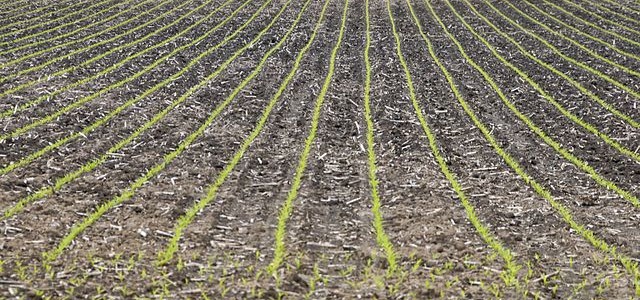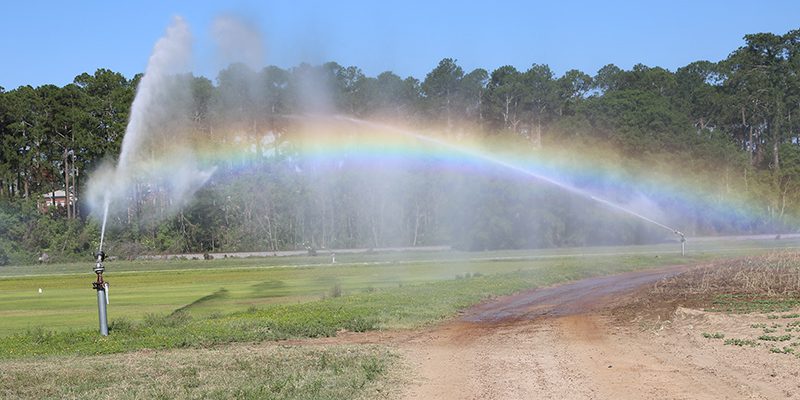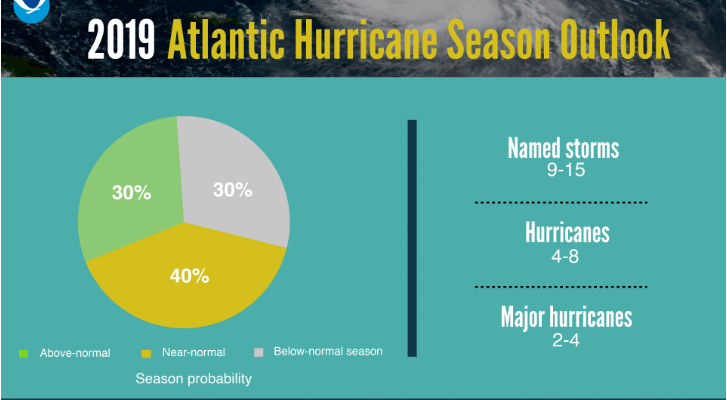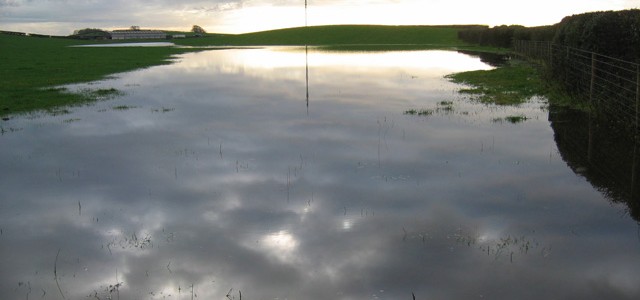-

The heavy rain in the central US has caused huge problems for farmers in the Corn Belt, according to a story in Growing Georgia this week. According to the story, as of Sunday, only 49 percent of corn was planted, 31 percent behind the national average. This is the slowest start to the season in…
-

Clint Thompson of UGA has an article out this week discussing the impacts of the hot weather on cotton and other crops in Georgia. You can read it and find a link to my blog on the summer outlook at https://newswire.caes.uga.edu/story.html?storyid=7972.
-

While over time many farmers have reduced the use of windbreaks on farms to maximize the area under cultivation, they do provide some excellent benefits to crops as well as promoting refuge areas for wildlife and pollinators. They also reduce the amount of wind erosion, which can preserve fertile soil. You can read more about…
-

As expected, NOAA’s forecast for the upcoming 2019 tropical season in the Atlantic Ocean basin shows that they think that the season should have close to an average number of tropical storms and hurricanes in the region. This is based on several indicators, including the current weak status of El Niño. You can read the…
-

As expected, the moderate drought and abnormally dry conditions have expanded across a lot of the Southeast in the past week. Little rainfall coupled with much warmer than normal temperatures have caused the expansion of abnormally dry conditions in eastern North Carolina and in parts of Alabama. Conditions in Florida and South Carolina stayed steady,…
Posted in: Drought -

The latest forecast for the North Atlantic Ocean was released today by the U. K. Met Office. It says that they expect a total number of named storms of 13, just slightly above the long-term average of 12 storms. NOAA will be releasing its own forecast soon, and I don’t expect it to be much…
-

While we here in the Southeast have been very dry after a fairly wet winter, agricultural producers in the central US are being inundated by wave after wave of wet weather, and more (up to 9 inches in some places) is expected in the next week, which may prevent farmers there from even getting a…